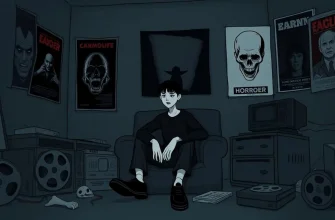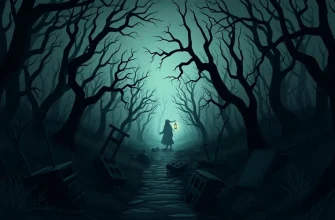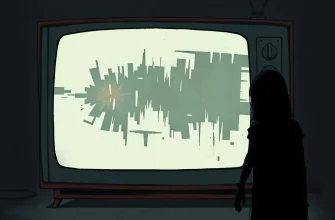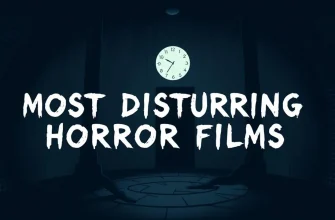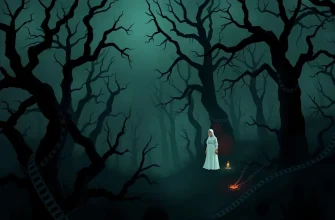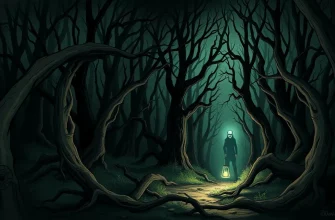Are you ready to delve into the darkest corners of cinema where fear reigns supreme? Our handpicked selection of the scariest horror films will send shivers down your spine and keep you up at night. From psychological terror to supernatural dread, these movies have left an indelible mark on the genre, offering a terrifying experience for even the bravest of souls. Let's explore the films that have mastered the art of fear.
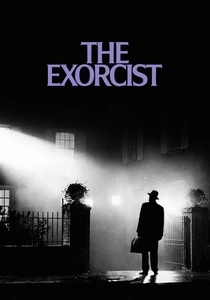
The Exorcist (1973)
Description: Often hailed as the scariest movie ever made, "The Exorcist" delves into the demonic possession of a young girl, Regan, and the subsequent exorcism. Its realistic portrayal of evil and the psychological horror it evokes make it a cornerstone of the genre.
Fact: The film was so terrifying that it was reported to have caused viewers to faint, vomit, or leave the theater during screenings. It also faced significant backlash from religious groups.
 Watch Now
Watch Now 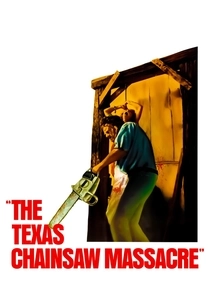
The Texas Chain Saw Massacre (1974)
Description: A group of friends encounter a family of cannibals, including the infamous Leatherface. The film's raw, gritty feel and the relentless pursuit by its antagonist make it a terrifying experience.
Fact: Despite its title, the film has very little actual gore, relying instead on suggestion and atmosphere to create fear.
 Watch Now
Watch Now 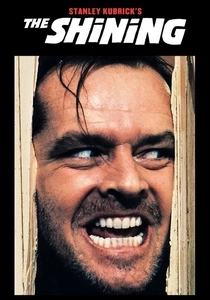
The Shining (1980)
Description: Stanley Kubrick's adaptation of Stephen King's novel about a writer, his family, and their stay at the haunted Overlook Hotel. The film's exploration of madness and isolation is as chilling as its supernatural elements.
Fact: Kubrick was known for his perfectionism, and he reportedly shot over 100 takes for some scenes, leading to tension with the cast.
 Watch Now
Watch Now 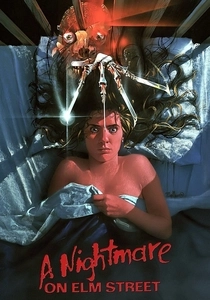
A Nightmare on Elm Street (1984)
Description: Freddy Krueger terrorizes teenagers in their dreams, where death in the dream world means death in reality. The concept of being hunted in your sleep adds a unique layer of horror.
Fact: The film was inspired by a series of articles about unexplained deaths of young people in their sleep, which was later attributed to a condition known as Sudden Unexplained Nocturnal Death Syndrome.
 Watch Now
Watch Now 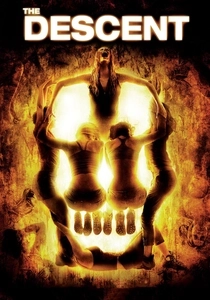
The Descent (2005)
Description: A group of women go spelunking in an uncharted cave system, only to encounter terrifying creatures. The film's claustrophobic setting and the primal fear of being trapped underground make it exceptionally scary.
Fact: The film has two endings; the UK version ends on a more hopeful note, while the US version has a darker, more ambiguous ending.
 Watch Now
Watch Now 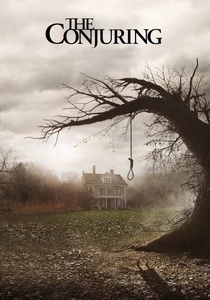
The Conjuring (2013)
Description: Based on the real-life paranormal investigations of Ed and Lorraine Warren, this film focuses on a family terrorized by a dark presence in their farmhouse. Its jump scares and atmospheric tension make it a modern horror classic.
Fact: The film was inspired by the Warrens' case files, specifically the Perron family haunting, which was one of their most documented cases.
 Watch Now
Watch Now 
The Babadook (2014)
Description: A single mother and her son are haunted by a sinister presence from a children's book. The film delves into themes of grief and mental health, making the horror deeply personal and terrifying.
Fact: The film uses the metaphor of the Babadook to represent grief, showing how it can consume and haunt one's life.
 Watch Now
Watch Now 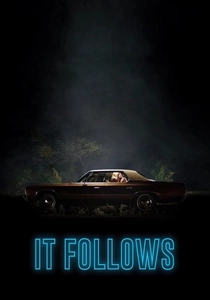
It Follows (2014)
Description: After a sexual encounter, a young woman is followed by a mysterious entity that only she can see, which relentlessly pursues her. The film's concept of an ever-present, invisible threat is deeply unsettling.
Fact: The film was shot in Detroit, Michigan, using many abandoned buildings to create an eerie, post-apocalyptic atmosphere.
 Watch Now
Watch Now 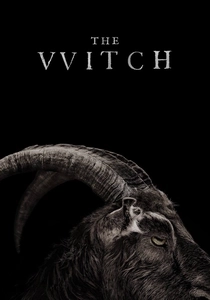
The Witch (2015)
Description: Set in 1630s New England, this film follows a family's descent into paranoia and witchcraft. Its slow, atmospheric build-up and historical accuracy contribute to its unsettling atmosphere.
Fact: The film was shot in a manner to replicate the look and feel of 17th-century paintings, enhancing its eerie authenticity.
 Watch Now
Watch Now 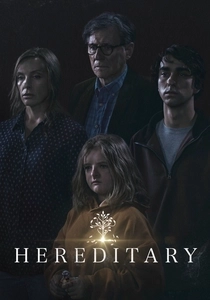
Hereditary (2018)
Description: This film explores grief, family secrets, and occultism in a way that builds dread with every frame. Its slow burn approach culminates in some of the most unsettling scenes in modern horror cinema.
Fact: The film's director, Ari Aster, was inspired by his own family dynamics, and the movie's ending was kept a secret from most of the cast until the final day of shooting.
 Watch Now
Watch Now 


